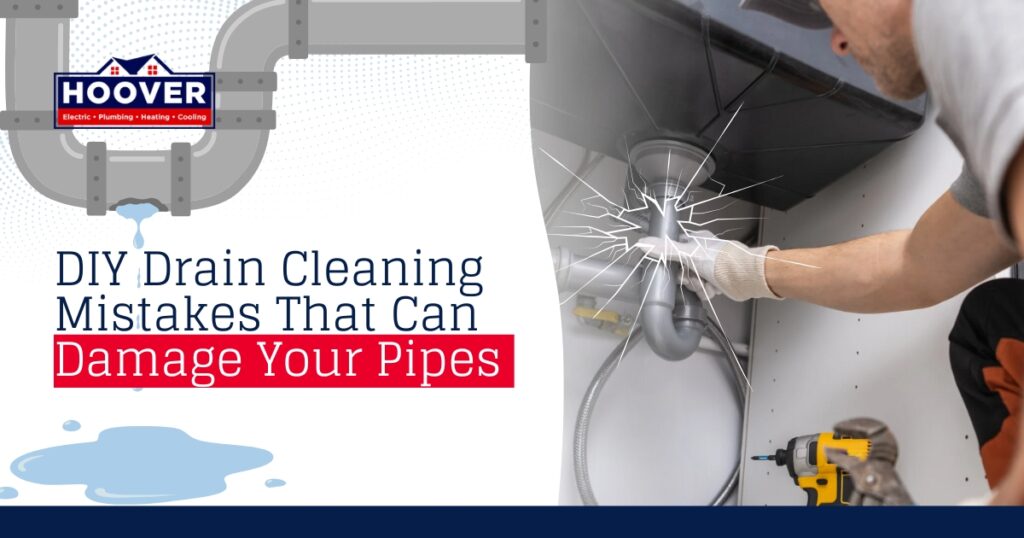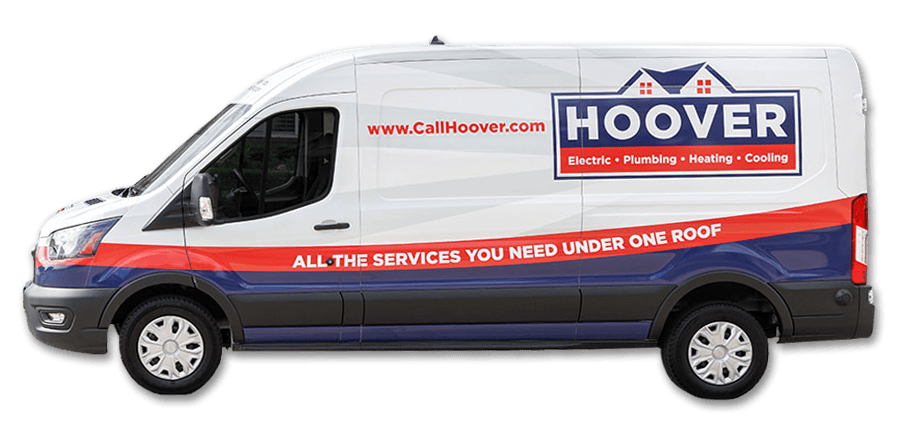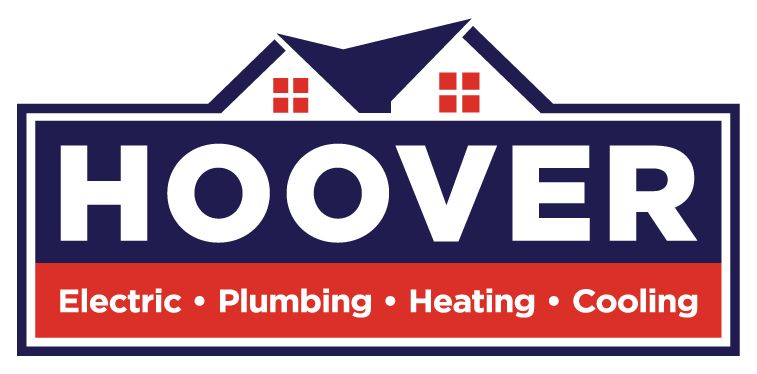Proudly Serving Southeast Michigan
DIY Drain Cleaning Mistakes That Can Damage Your Pipes

The biggest issue with DIY drain cleaning isn’t whether it’ll work — it’s that DIY drain cleaning mistakes might make the situation worse. Understanding how to unclog a drain and what puts your plumbing at risk helps you protect your system and know when to call in a professional from Hoover in Troy, Michigan.
The #1 Mistake: Using the Wrong Method Can Wreck Your Pipes
Many DIY draining cleaning techniques are safe with proper application, but problems start when the method doesn’t match the situation. Overusing drain cleaning solutions, forcing an auger into the drain, and other mistakes can worsen blockages, sometimes permanently damaging your pipes. Choosing the right approach for your specific clog and pipe material keeps a simple fix from turning into a costly repair.
Top DIY Drain Cleaning Mistakes Homeowners Make
Many DIY fixes and products are widely used but not always understood. These are the most common homeowner errors when attempting to clean and unclog drains.
Pouring chemical cleaners down every clog
While commercial chemical drain cleaners, such as those containing sodium hydroxide and sulfuric acid, may market fast results, they can come with serious downsides. These corrosive products break down blockages in your pipes, but they can also break down the pipe walls, particularly in older or deteriorated plumbing systems. Reliance on these chemical drain cleaners may damage and warp PVC pipes, accelerate corrosion in metal pipes, and weaken pipe joints and seals.
Using hot water on the wrong pipes
Pouring hot water down pipes is a common home remedy for clogged drains, especially for clogs caused by soap scum or cooking oil. While hot water may help in some situations, using boiling water on PVC pipes may warp the pipe’s shape and seals. In metal plumbing lines, hot water can worsen blockages by melting grease and enabling it to travel further down the line before resolidifying into deeper clog.
Overusing baking soda and vinegar
Baking soda and vinegar has become a viral hack for DIY drain cleaning but, while its fizzy reaction may lift mild debris, it doesn’t generate enough force to dislodge tougher blockages. Repeated use in a blocked drain may push the clog deeper or pressurize the pipe with carbon dioxide, potentially stressing and cracking the pipes.
Forcing a drain snake too hard
A drain snake is helpful for manually breaking up clogs. Forcing it through a stubborn clog or around a tight bend, however, risks puncturing the pipe or getting the snake stuck.
Ignoring signs of a bigger problem
One of the most common drain cleaning mistakes is treating every clog like a surface-level problem. If you experience multiple slow drains, backups, foul smells, or gurgling noises, the issue may be deeper in your system.
What to Do Instead: Safe DIY Drain Cleaning Tips
Safe drain cleaning requires understanding your system and the right tools for the job. There are several safe ways to clean drains before referring to professional drain cleaning services.
Start with gentle tools
A plunger, plastic drain snake, or drain weasel is often sufficient for minor clogs. These tools dislodge hair, soap scum, and other debris near the draining opening without damaging your pipes.
Use plungers designed for the fixtures you’re unclogging — don’t use toilet plungers in sink and bathtub drains, and vice versa. Create a tight seal before plunging with steady motions. Insert drain snakes and weasels slowly, and try to pull debris out rather than pushing it down.
Use enzyme-based cleaners
Enzyme cleaners use bacteria that break down organic material without corroding the pipe material. These cleaners work more slowly than chemical alternatives, but they’re safer for your plumbing system and the environment.
Flush drains with warm regularly
A weekly flush with warm tap water loosens and rinses away grease, soap, or toothpaste before it accumulates. Run the hot tap for 30 to 60 seconds. For a grease-busting boost, add a small amount of dish soap as you flush the drain.
How Pros Handle Drain Cleaning Without Damaging Pipes
If your efforts don’t resolve the situation, it’s time to call a plumber. Licensed professionals have the equipment and experience to safely diagnose and resolve larger problems. Professional plumbers offer:
- Specialized drain camera inspections to locate and identify clogs.
- Motorized augering for deeper clogs.
- Hydro jetting to safely clear blockages and clean pipe walls.
- Repairs for damaged pipes.
Professional drain cleaning also detects early issues, such as tree roots, pipe misalignment, or minor leaks, and allows for a more timely and cost-effective repair strategy.
How to Prevent Future Clogs (and Avoid Risky DIY Fixes)
Many clogs are preventable with small adjustments to your usage habits.
Don’t put these down the drain
Even if it seems like a small amount, the wrong materials can cause major blockages over time. Instead of flushing or rinsing down the drain, dispose of these materials in the trash or compost:
- Cooking grease or oil
- Coffee grounds and tea leaves
- Egg shells and starchy foods
- Flushable wipes
- Hair and soap scum
Install drain strainers
Drain strainers are a simple and inexpensive fix that catch hair, food scraps, and other debris before they enter drains and pipes. Choose a drain strainer that fits snugly and is easy to clean.
Schedule routine professional maintenance
Annual plumbing inspections and drain maintenance address buildup before it becomes a blockage, especially for older plumbing systems or larger households with heavy usage habits. Hoover’s professional cleaning services detect corrosion, shifting pipes, and other problems to keep water flowing freely.
Schedule Drain Cleaning Services With Hoover
With the right methods, you can fix clogs without pipe damage from drain cleaning. Hoover’s licensed plumbers provide effective drain cleaning and ongoing care for your system, and we offer competitive financing and periodic specials. If you’re dealing with frequent backups or slow drains, contact us or schedule a visit online today for a long-term solution.
Frequently Asked Questions
What’s the right way to use a drain snake?
To use a drain snake, insert the coiled end slowly into the drain and turn the handle clockwise to advance it. When you feel resistance, continue turning gently to latch onto the blockage. Once the clog is hooked, pull the snake out and flush the drain with warm water.
What kind of clogs do plungers work best on?
Plungers are most effective on localized minor clogs. They create pressure that shifts the blockage until it loosens. Plungers are less likely to help with clogs caused by solid objects, mineral buildup, or deep pipe obstructions.
What causes recurring clogs in the same drain?
Residual buildup from grease, soap scum, and other materials can stick to pipe walls and narrow the passage. In other cases, sagging pipes, misaligned joints, and other structural problems may cause recurring clogs.
When You Want It Done Right
Call Hoover!
Our electrical, plumbing, heating, & cooling professionals offer all the services you need under one roof.
